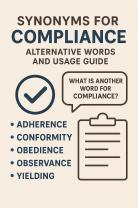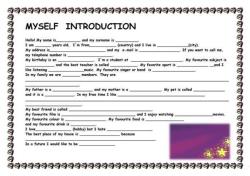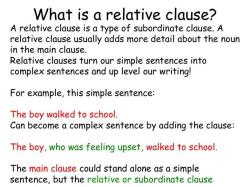What is a simple predicate?
A simple predicate, also known as the verb phrase, is a fundamental grammatical component in a sentence. It consists of the main verb or verb phrase that expresses the action or state of the subject. The simple predicate typically answers the question, "What does the subject do or what is happening to it?" Here are some key points about the simple predicate:
Single Verb or Verb Phrase: The simple predicate can consist of a single verb or a verb phrase. A verb phrase includes the main verb and any auxiliary (helping) verbs that modify it. For example:
- Single Verb: She sings.
- Verb Phrase: He is running.
Essential Sentence Element: Every complete sentence must have a subject and a predicate, with the simple predicate being a vital part of the predicate.
Describes the Action: The simple predicate conveys the primary action or state of the subject. It provides the core meaning of the sentence.
Example Sentences:
- In the sentence "The cat sleeps," the simple predicate is "sleeps," describing what the subject (the cat) is doing.
- In the sentence "They have been studying," the simple predicate is "have been studying," which indicates the ongoing action of the subject (They).
Can Be Modified: The simple predicate can be modified or expanded with adverbs or other elements to provide more information about the action. For example:
- She sings beautifully.
- They have been studying diligently.
In summary, the simple predicate is the core of the predicate in a sentence, representing the main action or state of the subject. It is an essential element of sentence structure, working in conjunction with the subject to convey the meaning of the sentence.
Simplifying Grammar: What Is a Simple Predicate?
A simple predicate is the main verb or verb phrase in a sentence. It tells what the subject is doing.
For example, in the sentence "The cat is sleeping," the simple predicate is "sleeping." It tells us what the subject, "cat," is doing.
Simple predicates can be simple verbs, compound verbs, or verb phrases.
- Simple verbs: I walk, you sing, he dances.
- Compound verbs: I walk to school, you sing a song, he dances with his sister.
- Verb phrases: I am walking, you have sung, he will dance.
The Core of Sentence Structure: Exploring Simple Predicates
Simple predicates are the core of sentence structure. They tell us what the subject is doing, and they complete the sentence.
Without the simple predicate, the sentence is incomplete. For example, the sentence "The cat" is incomplete because it doesn't tell us what the cat is doing. To make the sentence complete, we need to add a simple predicate: "The cat is sleeping."
Simple predicates can also be used to create more complex sentences. For example, we can use compound predicates to show two or more actions that the subject is doing at the same time, or we can use verb phrases to show the time, mood, or aspect of the action.
Grammar Fundamentals: Unpacking the Simple Predicate
To identify the simple predicate in a sentence, ask yourself the question "What is the subject doing?"
For example, in the sentence "The dog is barking," the simple predicate is "barking." It tells us what the subject, "dog," is doing.
Here are some more examples of simple predicates:
- The bird is flying.
- The sun is shining.
- The students are learning.
- The teacher is writing on the board.
- The cat is chasing a mouse.
Simple predicates are an important part of grammar. By understanding and using simple predicates correctly, you can improve your writing and speaking skills.













